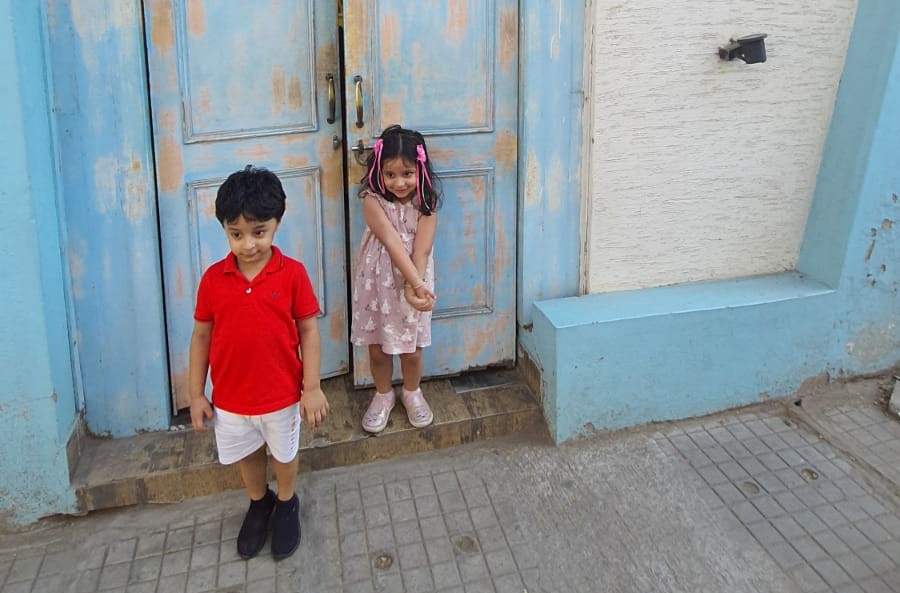
Let's make fashion kind
Share
The Hidden Cost of New Clothes
Every new garment comes at a cost—one much higher than the price tag suggests. Did you know it takes 2,700 liters of water to make just one cotton shirt? That’s enough water for one person to drink for 2.5 years (WWF).
The fashion industry churns out over 100 billion garments every year (McKinsey), fueling a cycle of overproduction and waste. Despite this excessive output, a staggering 92 million tons of clothing find their way into landfills annually (Earth.org). This means that much of what is produced is discarded at an alarming rate, clogging up landfills and polluting the environment.
Fast Fashion's Environmental Impact
Fast fashion thrives on rapid production cycles, cheap materials, and fleeting trends. But its environmental cost is enormous. Beyond the excessive water consumption and waste generation, fast fashion is responsible for massive carbon emissions, deforestation, and chemical pollution. The industry’s reliance on synthetic fabrics also contributes to microplastic pollution, which harms marine life and enters our food chain.
Why Thrifting Changes the Game
Thrifting is more than just a budget-friendly way to shop—it’s a powerful act of sustainability. Buying secondhand reduces waste, saves resources, and cuts carbon emissions by up to 82% per item (thredUP). Every thrifted purchase extends the life cycle of a garment, keeping it out of landfills and reducing the demand for new clothing production.
The Power of Circular Fashion
The traditional fashion model is linear—clothes are made, used, and discarded. But circular fashion promotes reuse, repair, and recycling, minimizing waste and environmental harm. Thrifting is a key part of this movement, ensuring that perfectly wearable clothes don’t go to waste.
When you buy secondhand, you:
- Reduce demand for new production, saving water and energy.
- Cut down textile waste, preventing millions of garments from ending up in landfills.
- Lower carbon emissions, significantly decreasing your environmental footprint.
- Encourage ethical consumption, supporting a more sustainable future for fashion.
Why Buy New When There’s Already Enough Clothing?
The world is overflowing with clothing. The resources needed to produce new garments—water, energy, and labor—are immense. But by choosing thrifted fashion, you’re making a conscious decision to reduce waste, save resources, and combat the harmful effects of fast fashion.
Every thrifted item is a small but meaningful step toward a more sustainable world.
So, next time you’re shopping for a new outfit, consider the impact of your choice. Together we can make fashion more than trends, we can make it kind.
